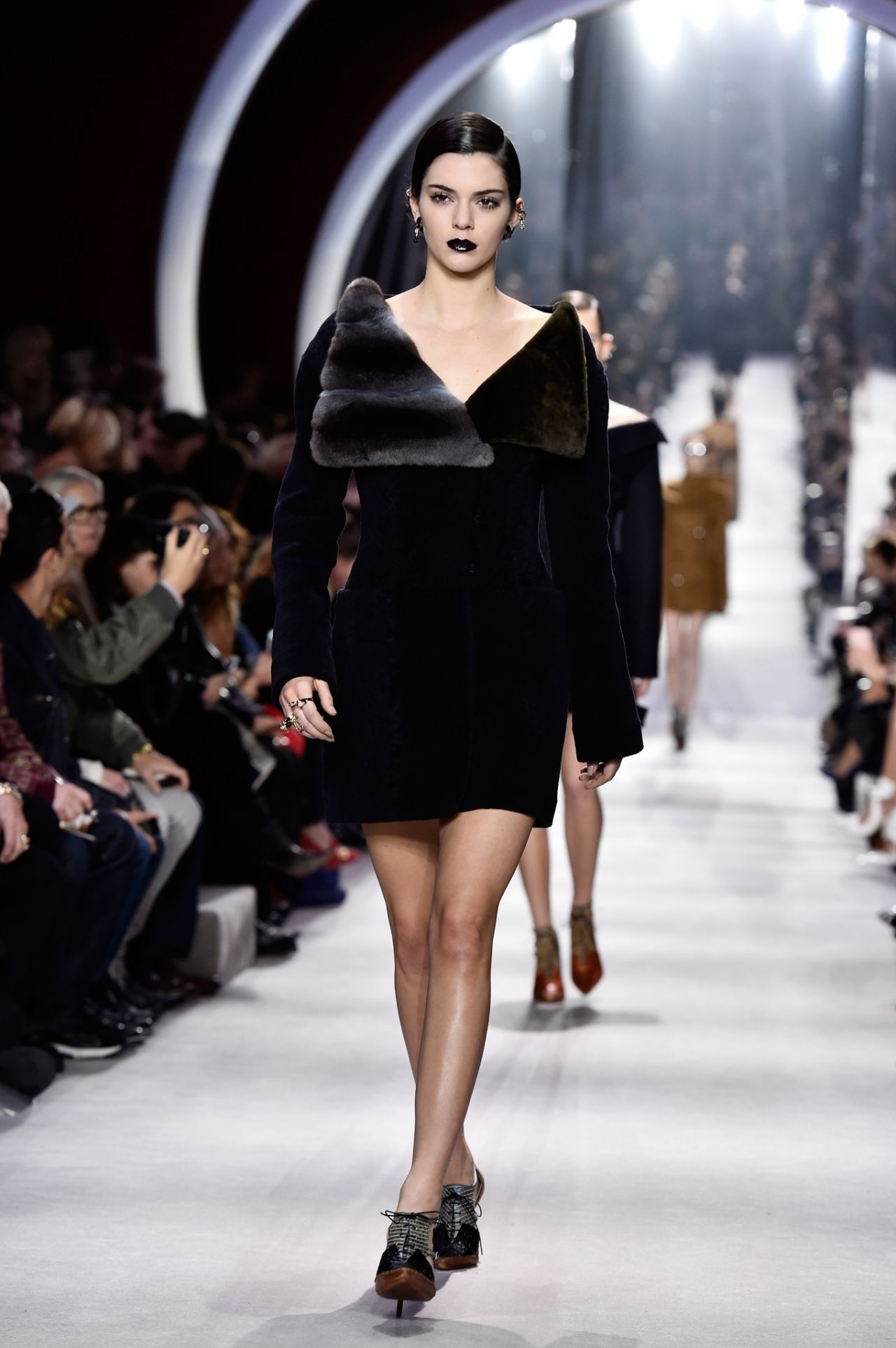
Fashion Shows have included anything from creepy immersive carrousels to whole stage constructions mimicking random settings like airports and supermarkets. Now, to say that productions have gone theatrical is a wild understatement.

Image: Jasmine Tookes Victoria’s Secret Show London 2014 via on Flickr And in 1995 came the advent of one of the most widely publicised events of the year: the Victoria’s Secret Fashion Show. Things got more extravagant with time (Karl Lagerfeld anyone?), reaching new heights when brands were eventually grouped together into one big centralized Fashion Week in Bryant Park in New York City in 1994. Shows became steadfastly more and more extraordinary all the way into the 80s, blurring the lines between art and fashion. Models loosened up on their rise to their current celebrity status. Fashion Shows lost their traditional luxury format when youth culture hit the fan, and the ever-growing voice of mass consumerism incited a need to be different. The next big revolution in the history of runway fashion came when the more lucrative ready-to-wear replaced dwindling couture revenue streams in the 1960s. Models became serious, stylized and unattainable. Famous journalists littered front rows while buyers took a little side step. Disruptive crowds gathered in excitement. It was no longer a sales channel, but entertainment.

Fashion Shows were hugely publicised, and paradoxically, their perceived exclusivity multiplied. The likes of Harper’s Bazaar began to feature previously anonymous local designers, boosting New York on the global plane as a Fashion Capital to be reckoned with.Īfter that things only got bigger and louder.
#FASHION RUNWAY FREE#
Without guidance, American designers were free to innovate. It was a means to fill the massive trend-spotting gap left by the French capital. Fashion publicist Eleanor Lambert organised New York’s first actual Fashion Week, initially called ‘Press Week,’ in 1943. They were generally ‘kept women’ as the pay was low weren’t much thinner or more beautiful than the average woman, and it was common practice to number them in line with the designs they wore so that buyers could easily identify what they wanted to purchase.Īs demand from foreign buyers increased at the end of WWI, so did the organizational requirements of couture houses, who started to schedule their fashion shows in fixed, biannual seasons.Īlthough the modern catwalk originated in Europe, or more specifically Paris, American department stores got in the habit of organizing similar shows depicting Parisian bought or knocked off designs – a signal to their clientele of their authority in taste, as well as a means to align the exclusive with the mass produced, a practice in luxury marketing which has survived to this day.Īt the onset of WWII and eventual German occupation of Paris, the American fashion industry was finally forced to stand on its own two feet for the very first time. At the time, it was unthinkable to glorify the occupation, let alone a single model. Image below: Wikicommons A Brief History Of Runway Fashionīesides the shows, the concept of models has evolved too. Here’s a brief history of runway fashion.

What we see is simply an evolution of the runway in line with the exponentially rising effects of modern consumer culture in the 21st Century. The runway went from being a very private, tiresomely long business affair that catered to a few rich clients to a globally promoted marketing tactic so overblown it begins to defy the logic that made it necessary in the first place.īut the purpose, however flou, remains the same: commercialization of a product. And in a market that is fuelled by continuous consumption, creating an environment that encourages more ‘want it now’ consumerism is the only way to fuel the endless hunger of modern capitalism. In a world that runs on image, ‘presence’ is basically an obligatory life skill. The history of runway fashion is probably way different than you’d expect….Īhh Fashion Week! It’s the pinnacle of the fashion season the event that sets fashionistas off into a frenzy and most importantly, a very loud and interactive business card for any designer worth his salt.įor some today, getting on the FROW kind of feels like receiving a Golden Ticket to Willy Wonka’s chocolate factory, setting the stage for an aftermath of besotted industry insiders to contemplate their short term purchasing decisions before they’re rendered obsolete by the next cycle.Īll this extravagance appears fully justified, you see.


 0 kommentar(er)
0 kommentar(er)
